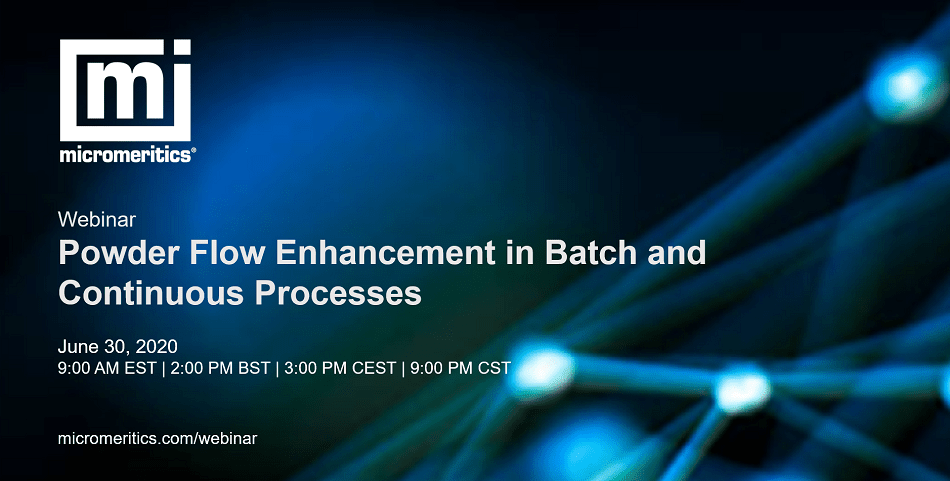
Optimal powder flow is essential in almost all pharmaceutical processes. Not only in unit operations involved in the production of solid dosage forms such as tableting, capsule filling and roll compaction, but also for processes used to produce liquid or semi-solid preparations. Poor flow can lead to processing problems, e.g. inconsistent feeding, air entrainment, but more importantly also to rejections due to compromised dosage uniformity. Active Pharmaceutical Ingredients (APIs) in particular often exhibit poor flowability.
Multiple factors contribute to poor powder behaviour, many of which have been identified and described in detail. Particle size and particle size distribution (PSD) for example have a major influence on flowability but particle shape and other factors such as electrostatic charge can have a significant impact.
Join our guest speaker, Marek Lachmann, Business Development Manager at Chemische Fabrik Budenheim KG, on June 30 at 14:00 BST as he presents several case studies on continuous and batch processing, including the use of a novel tribasic calcium phosphate glidant material to overcome flowability challenges.
Click here to register.